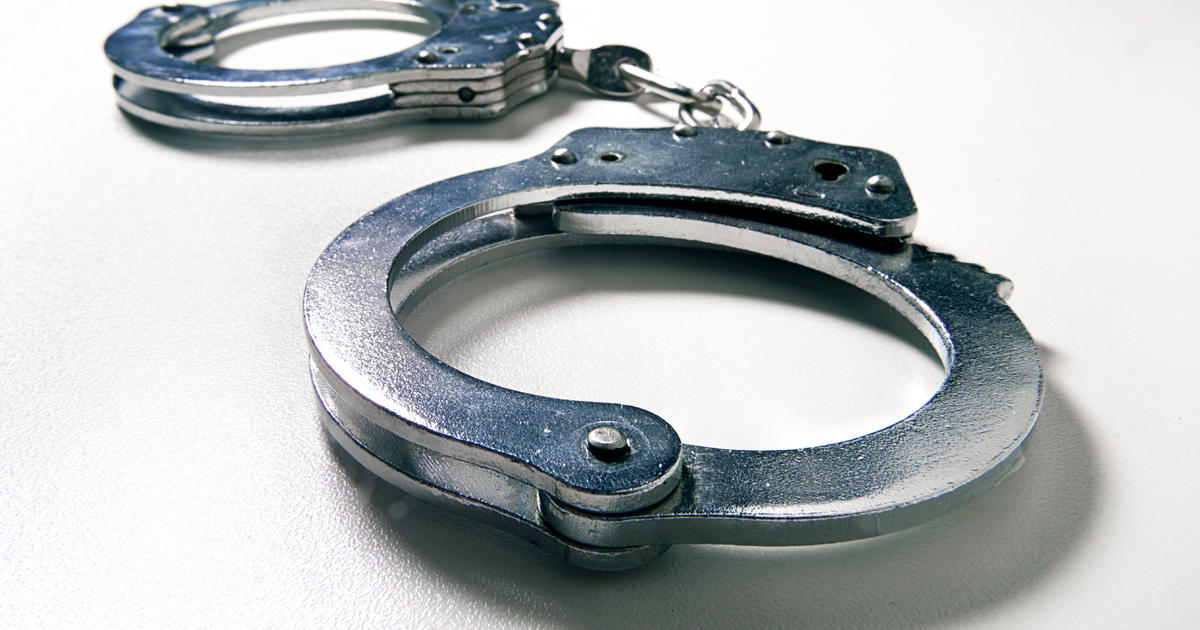


if you get a visual response in return or see a vessel approaching, then it’s a good idea to fire another flare to help them locate you. Fire one to try to get attention from another vessel. If you only have three flares, you don’t want to fire them all off at once. One thing to keep in mind if you ever do need to use flares is to be conscious of how many you have. Always make sure you check the directions on proper usage for the type of flare you have. These can be with an extreme heat that can cause fires and serious injury. Typically this is 42 months after the date of manufacture. Flares come with a date by which they should be used so you’ll know if they’re still good. Always make sure your flares are still usable. It is always a good idea to have a flare gun or similar device as part of your emergency kit on a vessel. Signal Flares: This can include red stars or parachute stars. As you can see, some are only approved for day use, some for night and some may be used at either time. Their website offers further details on the nature and use of these signals. The Coast Guard recognizes a variety of visual distress signals both pyrotechnic and non-pyrotechnic. That two mile restriction means that there are bodies of water such as bays, inlets, rivers, lagoons and so on where the signals will not be required. Manually propelled boats like canoes, kayaks, rowboats and such.Open sailboats less than 26 feet in length which are not equipped with propulsion machinery.Boats participating in organized events such as races, regattas, or marine parades.Recreational boats less than 16 feet in length.The following boats are not required to carry day signals but must carry night signals when operating from sunset to sunrise: Vessels owned in the United States operating on the high seas must be equipped with U.S.C.G. When you are on coastal waters, the Great Lakes, territorial seas, and those waters connected directly to them, up to a point where a body of water is less than two miles wide, your vessel must be equipped with U.S.C.G. There are rules for where and when visual signals need to be used and the types of signals used. These include the use of signal flares as well as flags and other devices. Visual signals can be achieved in a variety of ways. Also, signals can change whether you’re in inland waters or in international waters. What information you need to relay can affect what signal you use. To start with, there are two major types of signals – visual signals and sound signals. Keeping it all organized can feel a little overwhelming. The fact is there are many different types and many different ways they can be used. These signals can be confusing, especially for new boaters. “When a vessel is in distress and requires assistance she shall use or exhibit the signals described in Annex IV to these regulations.”
Light gun signals how to#
Understanding what distress signals are, as well as when and how to use them is integral for boating.


 0 kommentar(er)
0 kommentar(er)
